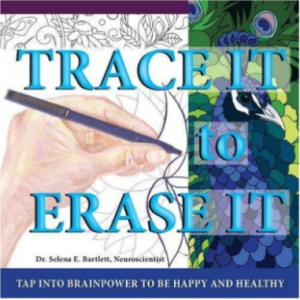How do you take care of yourself as a therapist to prevent burnout and bring the best version of yourself to each therapeutic encounter? Bringing the mind to rest, to pause, to fallow is important. Creating an intentional rest time also allows for new ideas to sprout. We need to fallow. One of the ways to do this is to engage with a creative process. I asked our members what they do to ‘fallow”. ISSTD Board Member Paula Thomson (PsyD) shared her love for choreography and dancing in this interview: Noula: How does this form of self expression support your well being? Paula: Dance and the creation of new dance works is a passion that has persisted since I was a small child. Engaging in this activity provides an opportunity to reflect on the human condition and find ways to express the agony and ecstasy of human interactions. Noula: When do you engage in this process and how often? Paula: I see about 20 hours of patients each week; however, I also attend ballet class at least 3 times per week, teach dance and choreography at the university level and choreograph or mentor other choreographers throughout the year. You can watch one of Paula’s choreographed performances here. It’s a 9min piece called All In The Mornings exploring the themes of death, sickness and life. If dance and physical expression is not your forte you might prefer a more sedentary form of self care – for example something anch ored in artistic creativity such coloring-in books for adults. An even simpler process is used in Trace it to Erase it. Written by Australian Neuroscientist Dr. Selena Bartlett, this book posits that the simple act of tracing can assist in managing brain stress. It’s easy to do and as therapist we can engage with this simple activity throughout the day. If you find creating a meditation practice difficult to do then I suggest you look at Selena’s book and try Trace It To Erase It. It’s a book I also recommend to my clients.
ored in artistic creativity such coloring-in books for adults. An even simpler process is used in Trace it to Erase it. Written by Australian Neuroscientist Dr. Selena Bartlett, this book posits that the simple act of tracing can assist in managing brain stress. It’s easy to do and as therapist we can engage with this simple activity throughout the day. If you find creating a meditation practice difficult to do then I suggest you look at Selena’s book and try Trace It To Erase It. It’s a book I also recommend to my clients.

